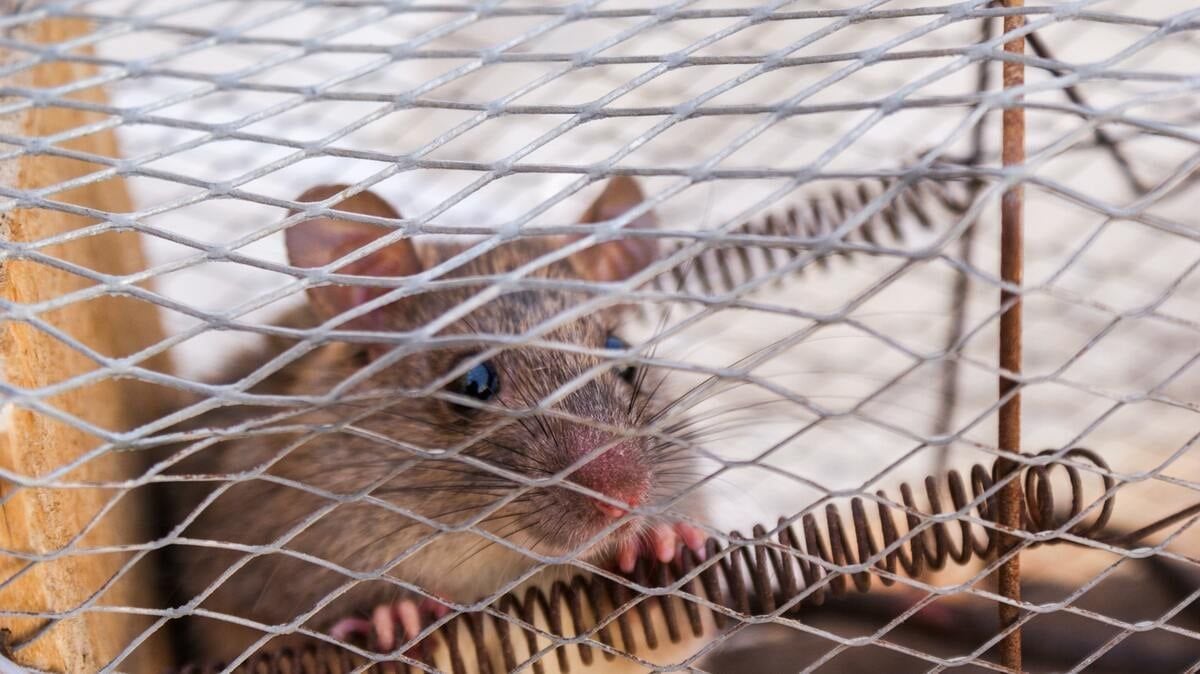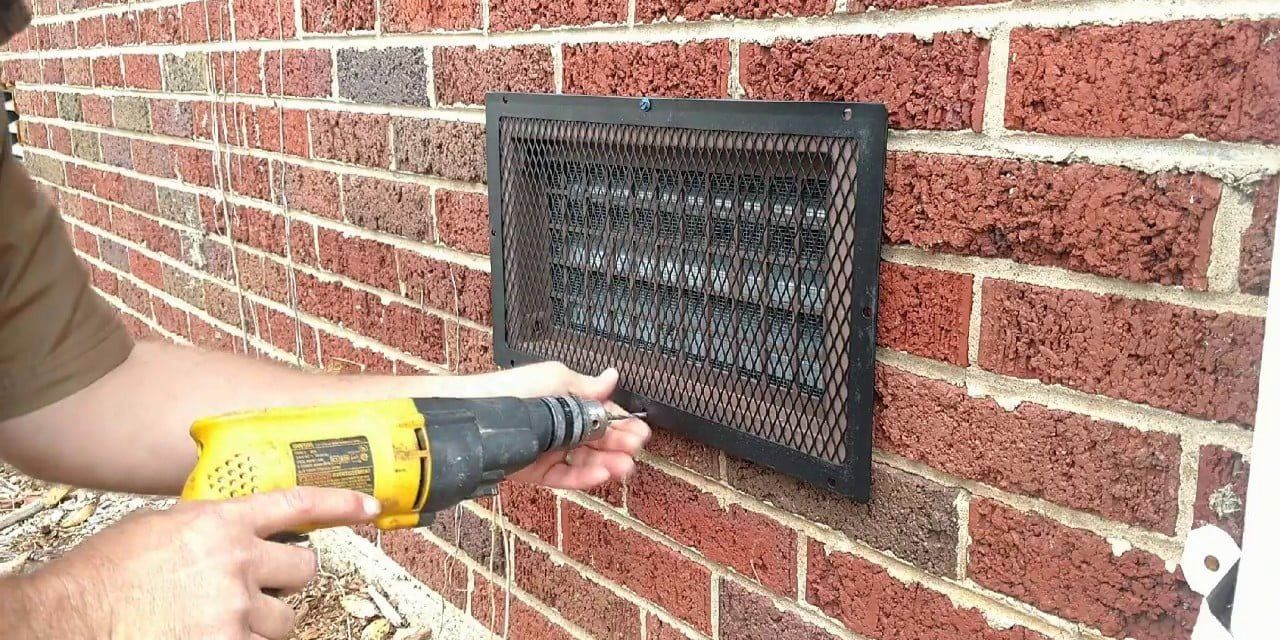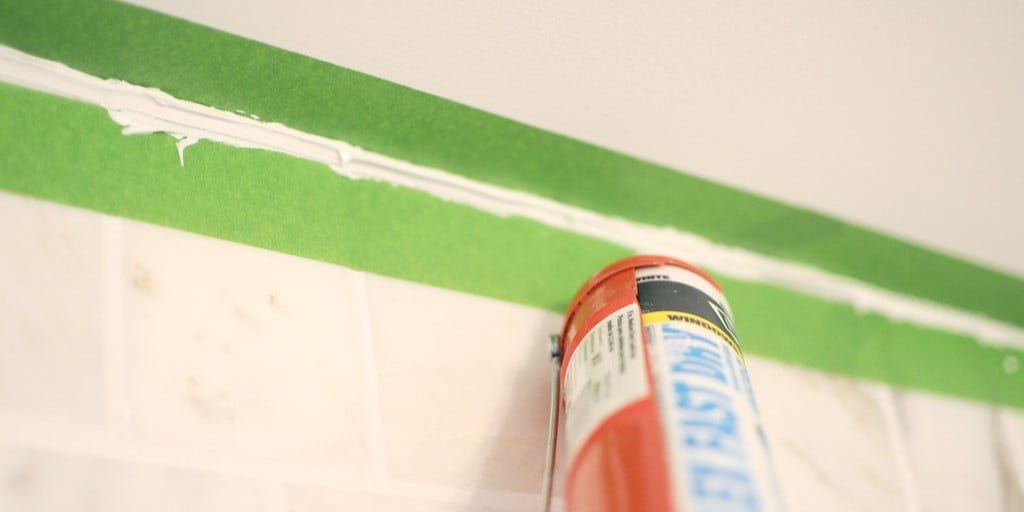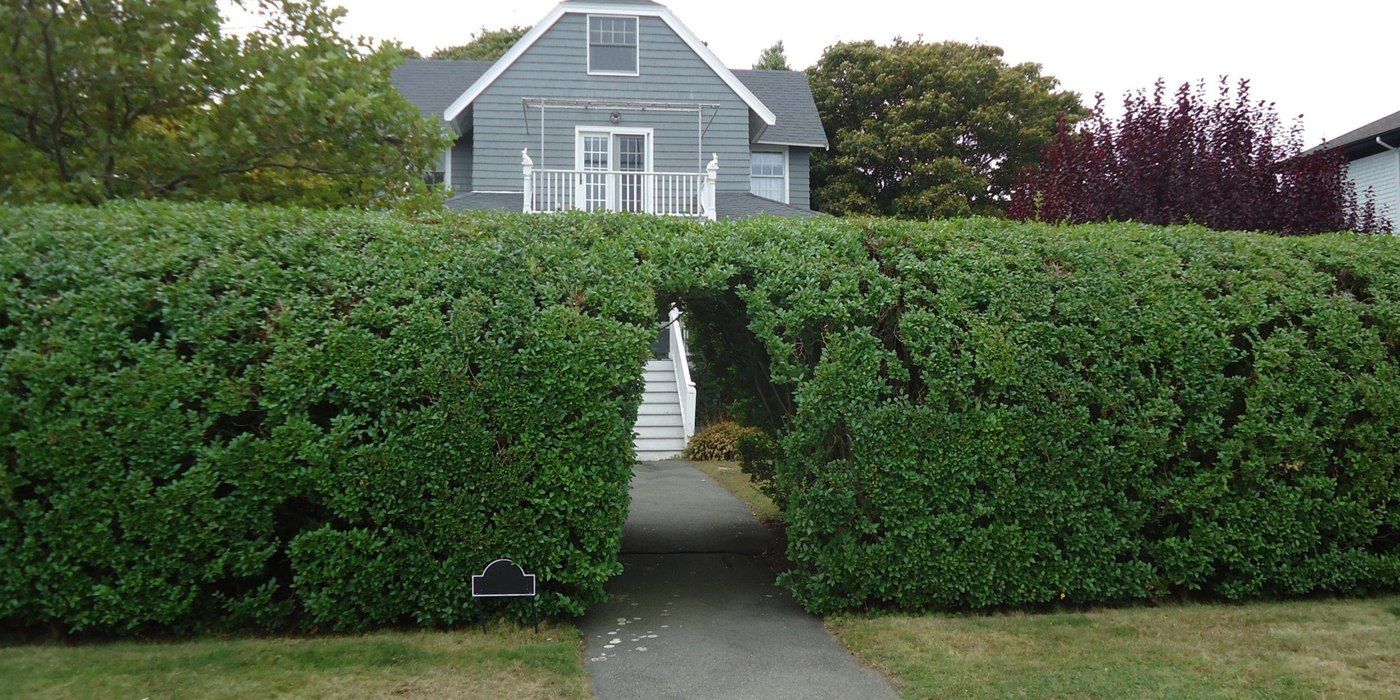How Do You Keep Pests Out of Your Home?
October 3rd, 2023 | 5 min. read

Most of us have been in this situation: some kind of pest — whether it’s a bug, a four-legged animal, or a bird — gets into your living space. You want it out of there as quickly as possible. An unwelcome spider, squirrel, or robin raises some uneasy questions, too — “How did it get in? Will more get in while I’m sleeping? Are there other critters hiding somewhere in my home right now?”
One of the best ways to avoid this mess is to prevent it from happening in the first place. At HY-C, we manufacture a line of guards and screens to do just that: keep animals and insects out before they can even get in. We’ve learned a lot about pest control while developing those products, and we want to share what we’ve learned with you.
By the time you’re done with this guide, you’ll have a grasp on some tried-and-true preventative methods of keeping pests of all shapes and sizes out of your home. And if by the end you’re interested in installing some preventative wildlife control devices on your home, we’ll show you where you can get started.
Exclude Pests with Pest Barriers

Pests get into your home the same way you do: they walk (or crawl or fly) through an opening. They like to get in for the same reasons as you, too — your house is warm, quiet, and offers protection from the outside world. If you want to keep the animals and insects out, you have to close (and lock) the door.
But not just the front door (although that helps). Most homes have some common openings on them that critters like to get into. These openings are necessary because they help to keep your home properly ventilated, but they are also the most likely source of a pest invasion. That’s why we created HY-GUARD EXCLUSION — to allow these openings to vent properly while keeping pests out at the same time.
Here are some of the most common home vents vulnerable to penetration from pests:
- Chimneys
- Roof vents
- Soffit vents
- Wall vents
- Foundations
With pest barriers, you can cover these vents while maintaining their proper function. As long as the barriers you install are made from solid materials (like stainless or galvanized steel), they should hold up well in the long term.
Exclude Pests with Proper Home Maintenance

From ants to bears, pests of any size have one thing in common: they find ways to get in. They’re crafty and determined, and unless you keep your home in tip-top shape, you’re always vulnerable to their presence.
Thankfully, though, pest entry points as a result of home damage are relatively well-known and consistent in their location, and we cover them below. All you need to do is check your house for holes and cracks, and repair them if you happen to find any.
Make Sure Pest Barriers Aren’t Damaged
If you decide to install pest exclusion screens and guards on your house, be sure to check them for damage every now and again. These products are usually made of metal and bolted onto your house with screws, acting as a strong deterrent to most curious critters.
Still, if they become damaged in any way (maybe by a strong storm or a particularly persistent animal), even the smallest opening can lead to a pest getting in. This will wear down an even larger opening, allowing bigger and bigger critters to invade over time. Stop this cycle in advance by ensuring your pest barriers remain tightly secure and damage-free.
Keep Siding, Masonry, and Windowsills in Good Shape
How often do you inspect your home’s siding? How often do you check for cracks in your brick? Do you spend much time looking at your window sills? Because these areas of a home tend to receive little to no attention, they’re prime spots for unnoticed deterioration.
Again, critters are crafty. They’ll discover these openings and set up camp in your house, potentially without you even noticing. Repair these areas before they become a problem. Make sure your siding is secure. Fill in any cracks in your brick (or hire a professional if you can’t do it yourself). Use sealant to close any gaps in your window sill. Make it impossible for animals or bugs to get in in the first place.
Inspect for Pest-Created Entry Points
Brick, siding, and windowsills tend to develop wear and tear over time. Pests discover these entry points on their own and just climb on through. In other instances, though, a determined pest will create their own entry point by clawing or chewing their way through your walls.
These entry points are easy to spot. The hole will look uneven and hastily made, as the critter is much more concerned with gaining entry than the aesthetics of the entryway itself. There may be animal droppings nearby or, if the hole is new enough, you may find dust or chunks of drywall, wood, or siding on the ground.
If you discover one of these animal-made holes in your house, you’ll have to contact a pest control professional to remove the critter and maybe even a contractor to repair the damage (though many wildlife and pest control professionals offer both removal and repair as part of their service packages).
Exclude Pests by Creating a Buffer Zone

Whether you know it or not, oftentimes, when pests get onto your property or into your home, it’s because you’ve made it attractive for them to be there. Obviously, this is most often done unintentionally. But either way, it’s vital to understand what attracts pests to your yard and home so you can start doing the exact opposite of those things.
Keep Vegetation Maintained
Pests love vegetation. From insects to animals, trees, bushes, and plants offer a source of protection and, in some cases, food. People like vegetation, too. We like trees in our yards, plants and bushes in our landscaping, and flowers in our houses and on our porches. Sometimes our shared love of foliage brings people and animals together in exactly the spots we don’t want.
Does that mean that you shouldn’t have nice landscaping if you want to avoid pests? No, of course not. But it does mean that you should keep your vegetation trimmed and, if possible, a good distance from your house. Don’t let critters use your hedges as a steppingstone to your front door.
Keep Your Lawn Maintained
Vegetation isn’t the only thing critters like to eat. Opossums, swallows, bats, and spiders all love to feast on bugs. And a lawn that isn’t properly maintained can create a breeding ground for a diverse number of insects. These bugs will bring bigger critters right to your yard to start feasting, creating a robust (and invasive) ecosystem.
The best way to prevent this food chain from developing is to get rid of the bugs through proper lawn maintenance. This includes planting grass that is native to your local area, mowing every seven to ten days, and aerating your lawn at least once a year. If you eliminate (or at least deter) insects, the larger critters will find your lawn less appealing.
Properly Dispose of Trash
We’ve all heard stories or seen pictures of raccoons rollicking in a trash can. They’re attracted to the smell of garbage, and they enjoy the easily accessible free food. And they’re not the only trash-loving animals out there; skunks, rats, squirrels, and opossums love digging through waste bins, too. Your week-old leftovers are their feast.
This problem is pretty easy to solve. Be sure all of your trash is in a tightly sealed bag to prevent the smell from wafting around. Make sure all the trash actually ends up in the trash can. That seems intuitive, but one misplaced apple core can lead critters to discovering the rest of your trash bin (and they’ll be sure to come back for seconds). If things get really bad, you can always install a lock on your trash can’s lid.
How Do You Secure Your Home Against Pests?
The thought of an unwelcome pest in the home can be scary. They can get in at any time if your home isn’t protected. By now, you should have a good understanding of what it takes to keep critters out of the house. Creating a buffer zone against pests and keeping your home properly maintained are relatively easy and effective if done consistently.
One of the best ways to keep pests out, though, is turning your home into a fortress. Pest barriers, when installed correctly, help you cover all your bases (quite literally), deterring animals in the least, and outright foiling their efforts to gain entry at best.
If you want to learn more about exclusion caps, screens, and guards, HY-GUARD EXCLUSION is an excellent place to start. These HY-C-created barriers cover the most common pest entry points, excluding pests from homes — top to bottom. They’re one of the many strong tools in your wildlife control toolbox that will help keep your home secure and pest-free.
Louis earned a bachelor's degree in English with a focus in rhetoric and composition from St. Louis University in 2017. He has worked in marketing as a content writer for over 5 years. Currently, he oversees the HY-C Learning Center, helping HY-C subject matter experts to share their decades of home solution products experience with homeowners and sales partners across the country.
Topics:

